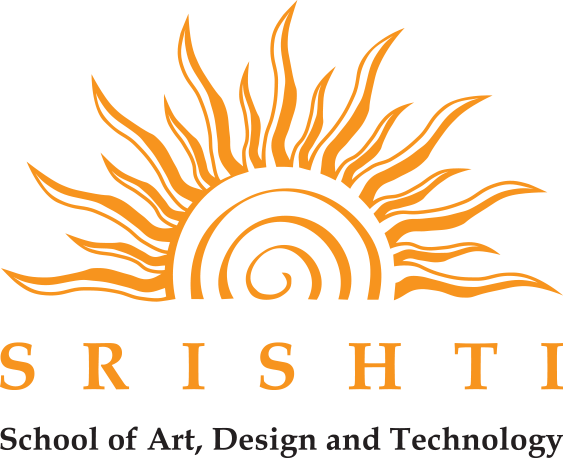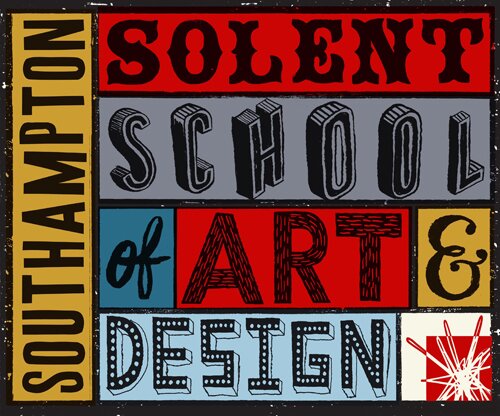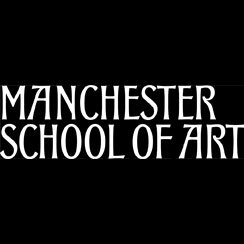
Anitha Balachandran
Freelance Illustrator and Visiting Lecturer Department of Animation, Jamia University, New Delhi; Srishti School of Art, Design and Technology, Bangalore
Abstract
The art of being Indian The arena of children’s publishing in India sees the convergence of at least two traditions or streams of illustration art. One is the more self-conscious face of Indian illustration. It is the product of artists and illustrators who emerge from urban art colleges with an education and appreciation of naturalistic drawing and realism.
Historically, this tradition grew under colonial institutions with the advent of printing technologies and alongside the growth of literature for children. Translating itinerant conventions into the Indian subcontinent, it remains largely
inspired by Euro-American influences. While representative of a heterogeneous range of individual styles, it is marked by the desire for cosmopolitanism.
More recently, children’s illustration in India has seen the migration of a number of folk-art styles from their often rural and ritual contexts to the pages of picture books. Distinct from the western educated illustrator, the creators of these artworks are schooled in a formal aestheticism that remains largely independent of realist conventions. These indigenous styles of representation now occupy a distinct space in the postcolonial field of children’s publishing,
as more and more folk artists turn illustrators.
How are these image-making practices seen and read by audiences at home and abroad? As bearers of ‘indigenous’ ways of drawing and seeing the world, do folk artists somehow represent a more authentically ‘Indian’ voice? And what of the
interaction between these two faces of illustration in India? What dialogues and hybrid practices lie ahead? As a practitioner with formal ‘art-college’ training, my paper attempts to untangle these and other questions as it contemplates
illustration’s futures in the subcontinent.







